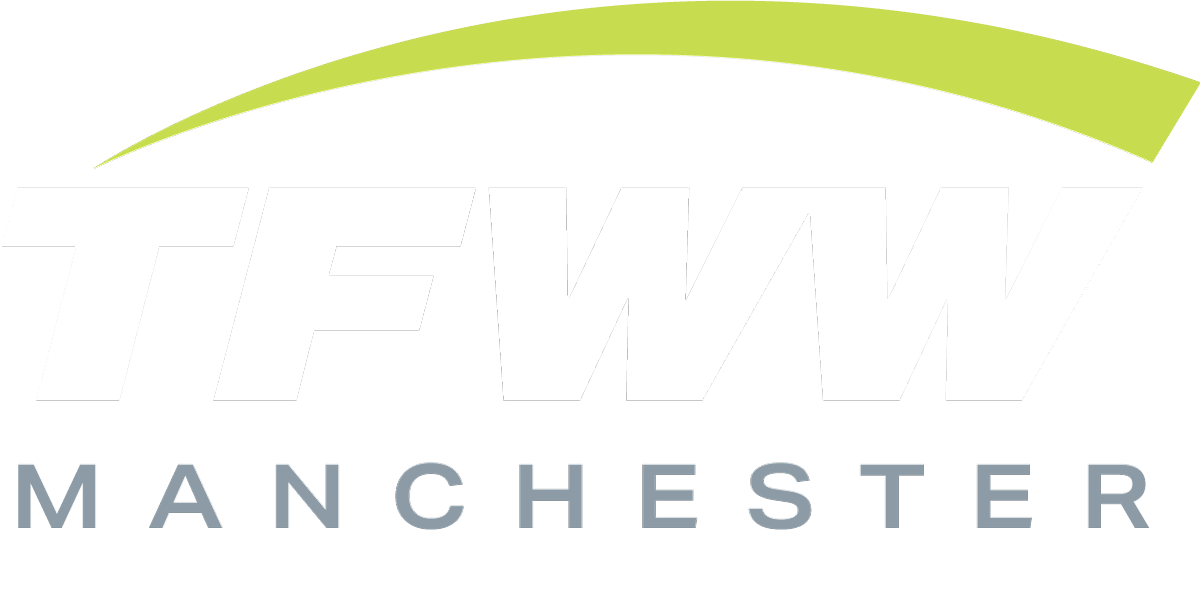Everything You Need to Know About Freight Insurance (3)
(3rd in a series of 5 posts)
Having adequate insurance for every freight shipment is a no brainer, yet it’s often not discussed before a shipment takes place. As a shipper or consignee this should be part of the quoting process because not having enough coverage is easily remedied by buying more. Read on to learn everything you need to know about LTL freight shipping insurance. (Skip to the end for the bullet points but don’t you dare skip over my algorithms)
Why do I need insurance for my freight?
Insurance covers against loss, damage or theft of your product while in the carrier’s possession. Carrier’s possession is clearly marked by signatures, because this is 1820, on the BOL at origin and POD at destination. For more info on avoiding concealed damage please read this.
What is insurance?
In the trucking world it’s called “liability”. Liability is like insurance with some important distinctions. As the shipper you’re not paying for coverage like you would with car insurance. Rather, the carrier has a certain legal “liability” for every product that is shipped. Here’s an algorithm I wrote for clarity:
Limit of Liability = Insurance
Another important distinction: You are not buying a specific policy when you ship an LTL Shipment. The carrier is legally responsible up to a certain value depending on the product shipped AND a host of other shipment aspects such as new/used, density and packaging. This amount (and any reduced liability or “released valuation”) is determined by the NMFC item # but carriers also state their own released liability limits per lb and per shipment in their rules tariff also referred to as the 100 tariff. An algo:
100 tariff = the document you consent to by signing the BOL but never read or know about
Standard, Excess & All-Risk Insurance
If your business coverage does not extend to freight and standard liability doesn’t cover your product you can buy either excess insurance from the carrier or “All-Risk” insurance from a 3rd party. Coverage from your own policy is ideal but it’s a numbers game.
Standard/Excess Insurance vs All-Risk
While standard liability coverage is included as mentioned, excess insurance is an additional insurance rider purchased through the carrier for a specific one-time shipment. All-risk insurance, typically used in the air freight world, is purchased from a 3rd party and covers all instances of damage with certain limitations such as those caused by time (rust, corrosion, fading, nostalgia).
Here are the biggest differences:
standard and excess liability is subject to the carrier’s own claims review process while All-Risk is covered by an outside insurance company under an insurance pool system.
For standard/excess, if the carrier decides the packaging was “inadequate” or they just don’t like the cut of your jib, they can deny your claim. All-Risk is covered according to it’s pre-defined rules no matter what.
Standard/excess claims often stretch out for months while your money and product is stuck in claims limbo. All-Risk claims are resolved in 6 weeks or less.
Standard/excess does not cover incidentals (like Fedexing a few widgets to your customer while you start building an entirely new batch to ship as a replacement) while All-risk covers Incidentals up to 10% value.
Standard insurance is included at no additional cost. Excess insurance & All-Risk are priced per $100 value. All Risk always has a minimum amount ($35) which is what we’ll use for our purposes.
Should I consider All-Risk Insurance?
A good formula for determining whether you should spring for All-Risk insurance is:
Calculate:
(# of annual shipments) x .02 x (average value of shipments)
(# of annual shipments) x $35
If 1 > 2 you should consider All Risk insurance. It’s not a pure hard cost, you need to also consider these soft cost factors:
Is your product fully covered under standard insurance?
Time spent managing claims
Time value of money tied up during claims process
Customer anxiety of claim resolution
Possibility of a denial (this should be evaluated from a preventative packaging standpoint as well)
(If you are wondering why I used “.02” in the above calculation...good spot. That is the industry average number of shipments damaged. I know, I know, X carrier says they only damage 1.899999%. These are just rough numbers to see if further analysis is needed)
To summarize, here is everything you need to know in nice, organized bullet points:
Insurance is HUGELY important and largely ignored.
Insurance coverage = limit of liability.
Correct NMFC item# & class are paramount AND you should actually read and understand the item.
You can buy excess insurance if you’re not covered.
All-Risk is the Cadillac of freight insurance but adds a small cost.
Make no mistake, carriers become insurance companies in the event of a claim and you need to have your i’s dotted and t’s crossed to make sure you are fully reimbursed for the value of your goods. While it’s a pain exploring these options it’s MUCH better than finding a coverage gap during a claim. Be sure to read my earlier post about determining the correct NMFC item# for your shipment and if you have any questions you should definitely hit the contact button!
